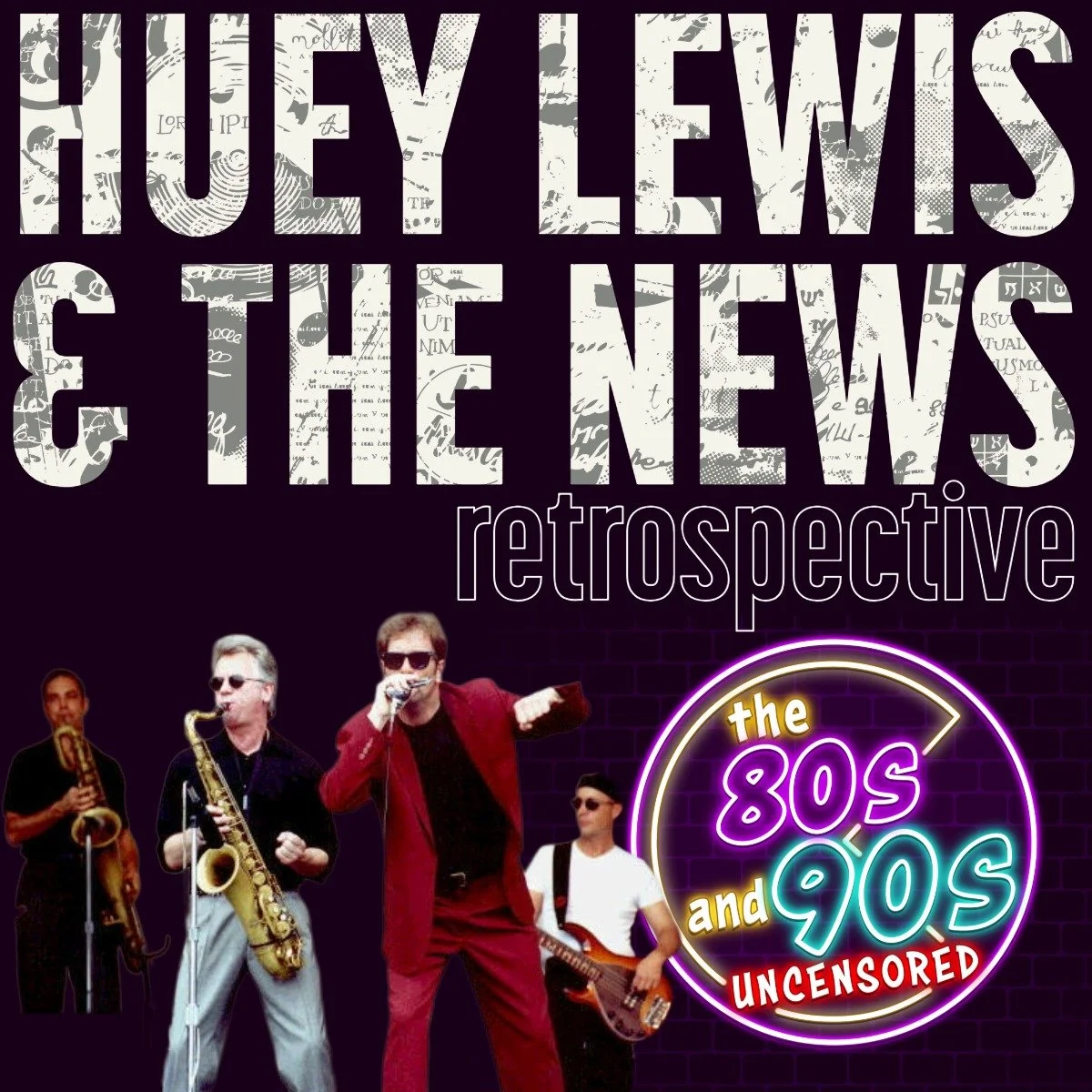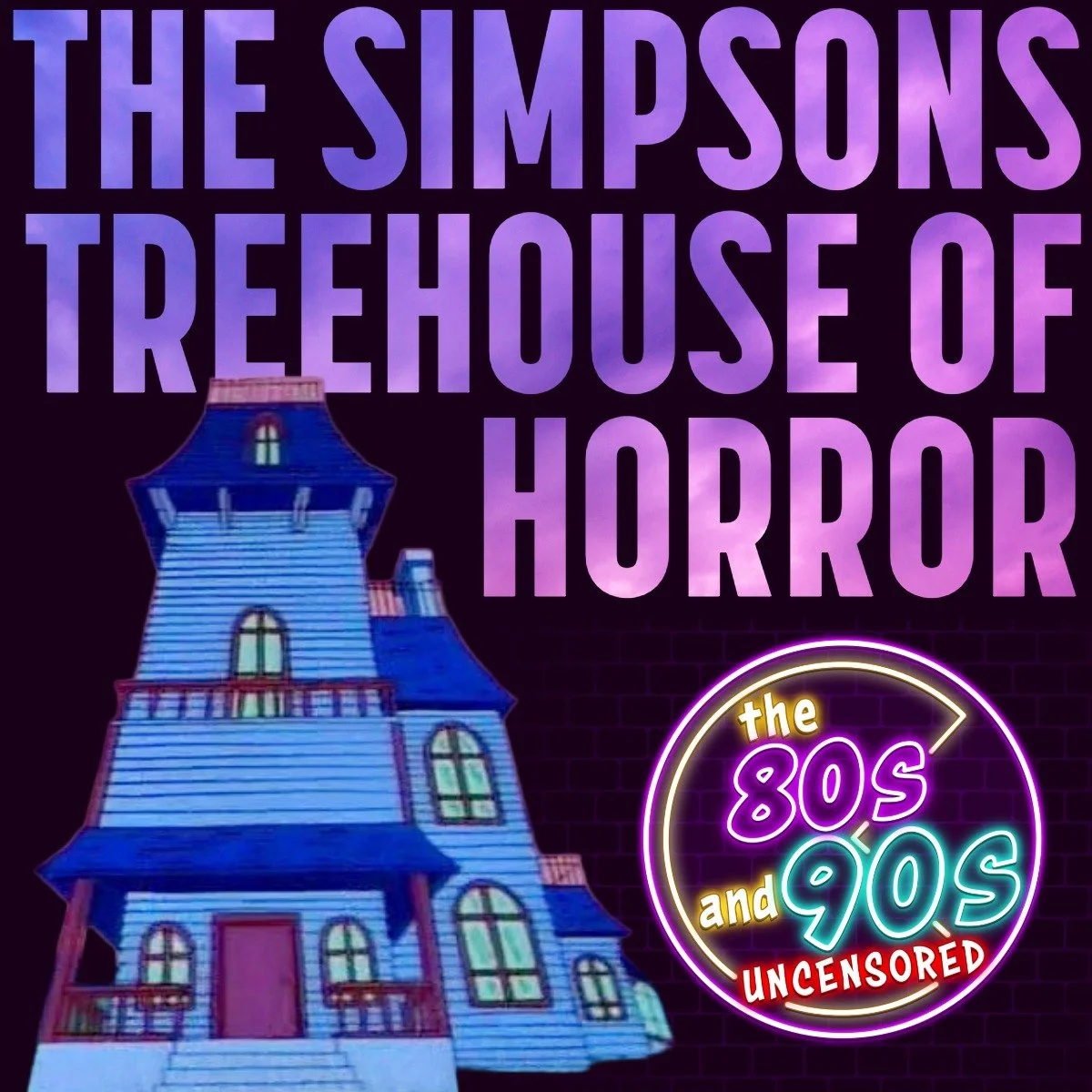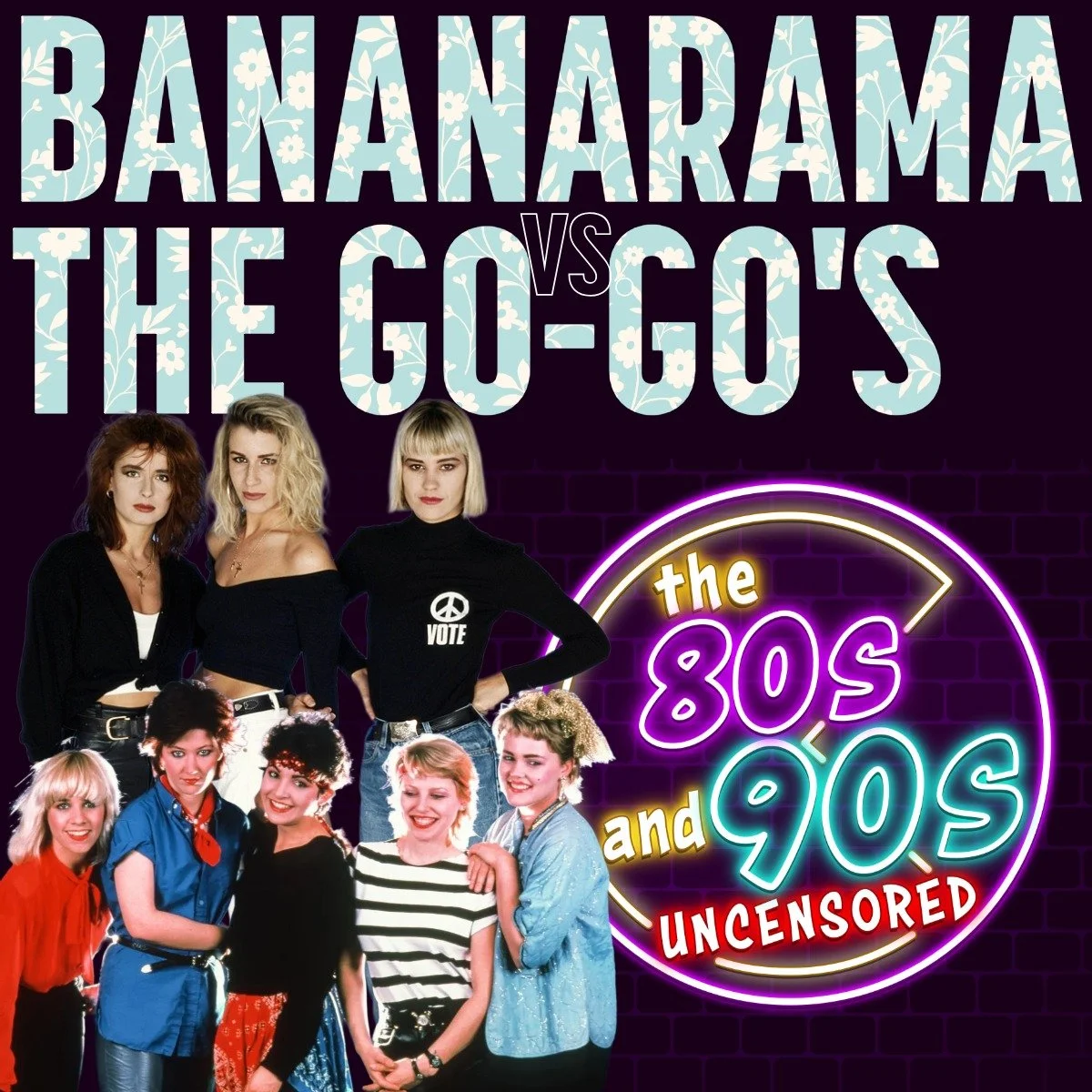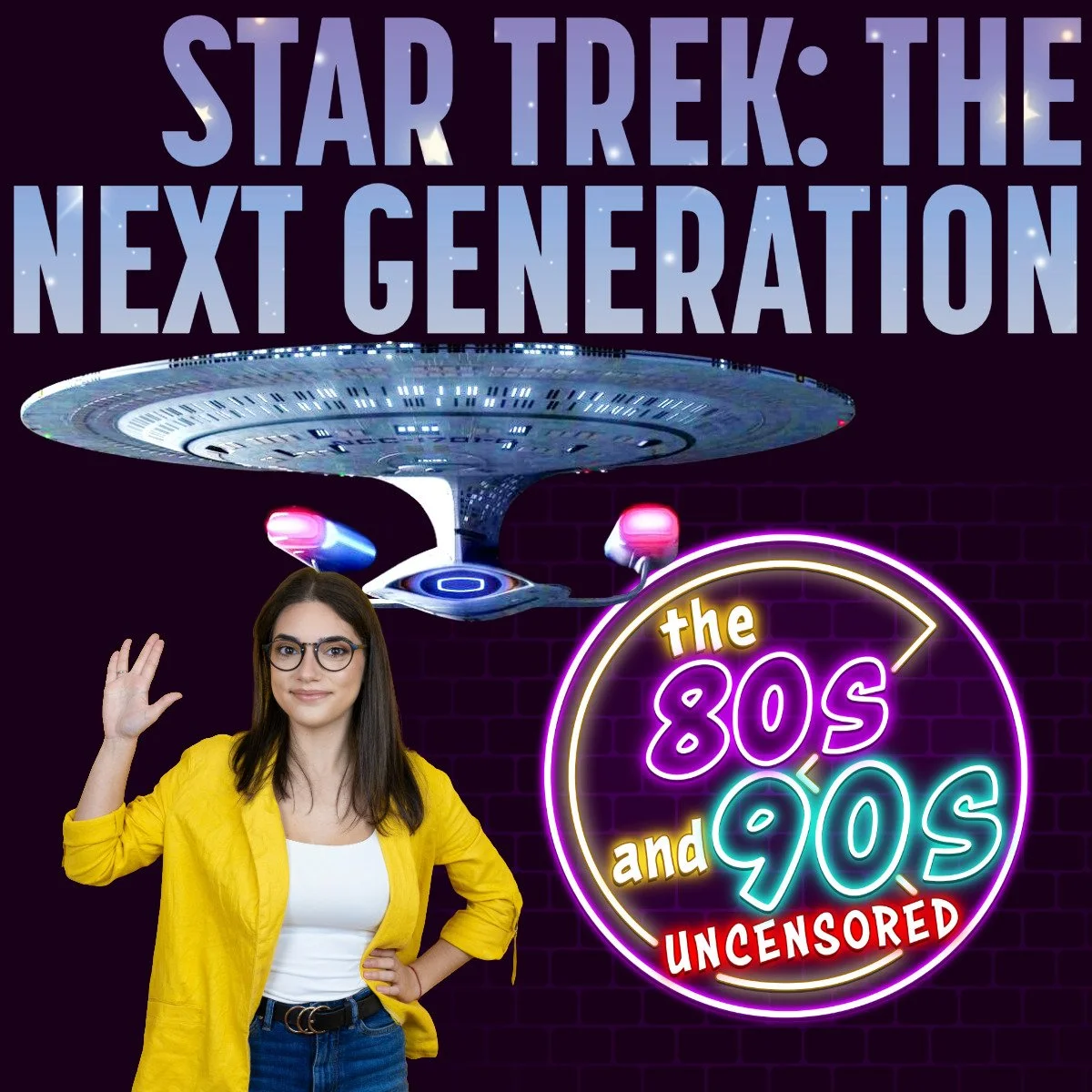When TV Theme Songs Ruled the Charts: The 1980s and 1990s Hits
Most television theme songs stay locked in their shows, but in the 1980s and 1990s a surprising number crossed over into the mainstream charts. Some became radio staples, others achieved one-hit wonder status, and a few even topped the Billboard Hot 100. Here’s a journey through the era when TV theme songs weren’t just memorable. They were hits.
“Believe It or Not” – Joey Scarbury (1981)
The Greatest American Hero
In 1981, The Greatest American Hero introduced viewers to a reluctant superhero with a theme song that soared nearly as high as its hero. Joey Scarbury’s “Believe It or Not” became an instant radio favorite, climbing all the way to #2 on the Billboard Hot 100. Though it couldn’t quite push past Diana Ross & Lionel Richie’s “Endless Love” for the top spot, it was a massive crossover success.
“The Greatest American Hero” television show intro
Joey Scarbury sings “Believe It Or Not” on Solid Gold.
Interesting Facts
The song’s opening line, “Believe it or not, I’m walking on air”, has become one of the most quoted TV lyrics of all time.
It was written by Mike Post and Stephen Geyer, who were behind many successful TV themes of the era.
The track’s legacy lives on in pop culture, famously spoofed in Seinfeld when George Costanza used it as his answering machine greeting.
George Costanza’s answering machine message bit from Seinfeld, season 8 episode 15, "The Susie", 1997
“Theme from Hill Street Blues” – Mike Post (1981)
Hill Street Blues
Also debuting in 1981, Mike Post struck gold again with his piano-driven “Theme from Hill Street Blues.” The instrumental reflected the show’s gritty-yet-human tone and resonated beyond TV, reaching #10 on the Billboard Hot 100 and topping the Adult Contemporary chart.
“Hill Street Blues” television show intro
Mike Post and band play “Hill Street Blues” live on The Merv Griffin Show, January 23rd, 1985
Interesting Facts
Post recorded the theme with session musicians who would later become Toto.
It won the 1981 Grammy Award for Best Instrumental Composition.
Few police dramas had a theme song that felt so tender and melancholy, setting a precedent for more character-driven TV scoring.
“Where Everybody Knows Your Name” – Gary Portnoy (1982)
Cheers
Technically not a major Hot 100 hit, but Gary Portnoy’s “Where Everybody Knows Your Name” deserves a spot for its chart recognition. The song peaked at #28 on Billboard’s Adult Contemporary chart in 1983, making it one of the few sitcom themes of the era to score measurable radio play.
“Cheers” television show intro
Interesting Facts
The theme nearly wasn’t chosen. Portnoy auditioned multiple demos before NBC settled on it.
Rolling Stone readers later voted it the greatest TV theme of all time.
Its warm, communal message perfectly encapsulated the spirit of Cheers, helping the show endure as a pop-culture staple.
“Miami Vice Theme” – Jan Hammer (1985)
Miami Vice
By the mid-’80s, TV themes could be as stylish as the shows themselves. Jan Hammer’s electronic “Miami Vice Theme” perfectly captured the pastel, neon-drenched vibe of the hit cop drama. In 1985, it hit #1 on the Billboard Hot 100, making it the rare instrumental to top the chart.
“Miami Vice” television show intro
Interesting Facts
It became the last instrumental to top the Hot 100 until Baauer’s “Harlem Shake” in 2013.
The Miami Vice soundtrack album was a cultural phenomenon, holding the #1 spot on the Billboard 200 for 11 weeks.
Hammer’s success elevated TV scoring, proving a theme could become a pop single in its own right.
“Love and Marriage” – Frank Sinatra (Used as Theme, 1987)
Married… with Children
Originally recorded by Frank Sinatra in 1955, “Love and Marriage” surged to #3 on the UK Singles Chart in early 1956, establishing its early popularity. Decades later, the song found new life as the opening (and instrumental closing) theme for the sitcom Married… with Children, which aired from 1987 to 1997.
“Married… with Children” television show intro
Frank Sinatra sings “Love and Marriage” on Producer’s Showcase Presents: Act 2 of “Our Town”, 1955
Interesting Facts
Sinatra produced two distinct versions: one for Capitol in 1955 and a second for Reprise in 1965, with subtle variations in lyrics and arrangement.
It earned an Emmy for Best Musical Contribution in 1956, recognizing its impact in television at the time.
Licensing issues led to its replacement in many syndication and DVD releases, though later re-releases restored the original Sinatra theme
“How Do You Talk to an Angel” – The Heights (1992)
The Heights
In a true twist of fate, The Heights produced one of the most successful TV theme songs of the ’90s, before the show itself collapsed. “How Do You Talk to an Angel” went to #1 on the Billboard Hot 100 in November 1992, but the series was canceled just a week later, leaving behind a chart-topper without a show.
Music video by The Heights performing How Do You Talk To An Angel
Interesting Facts
The track was written by Steve Tyrell, Barry Coffing, and Stephanie Tyrell, and performed by cast member Jamie Walters.
Walters briefly parlayed the success into a solo career, though he never reached the same heights again.
The story remains one of TV music’s strangest: a #1 hit attached to one of the quickest-canceled shows in TV history.
“I’ll Be There for You” – The Rembrandts (1995)
Friends
By the mid-’90s, no TV theme better captured its show’s vibe than The Rembrandts’ “I’ll Be There for You.” Expanded from a 45-second sitcom jingle into a full-length single, it climbed to #17 on the Billboard Hot 100 and ruled radio, hitting #1 in Canada and dominating the Billboard Hot 100 Airplay chart for eight weeks.
“Friends” television show intro
The Rembrandts - “I'll Be There For You” music video
Interesting Facts
The single’s success was fueled by radio DJs looping the short TV version until demand forced the band to record a full-length track.
The song became The Rembrandts’ biggest hit, though it also cemented them as “that Friends band.”
Decades later, it’s still instantly recognizable as shorthand for ’90s friendship and coffeehouse culture.
Closing Credits
From Scarbury’s soaring optimism in “The Greatest American Hero” to the moody synths of “Miami Vice” and the ironic use of “Sinatra for Married… with Children”, the 80s and 90s marked a golden age for TV theme songs breaking out as charting singles. Some became #1 hits, others cemented cult status, and all of them prove that a well-crafted theme could transcend television and thrive in pop music’s competitive arena.
For fans of the 80s and 90s, these hits aren’t just nostalgic reminders of TV. They’re proof of a time when theme songs themselves could become cultural events.
















We’re joined by Naomi from the Dope Nostalgia Podcast to debate which song is the greatest one-hit wonder of the 90s. We pitch our song and debate its merits. Do you agree!